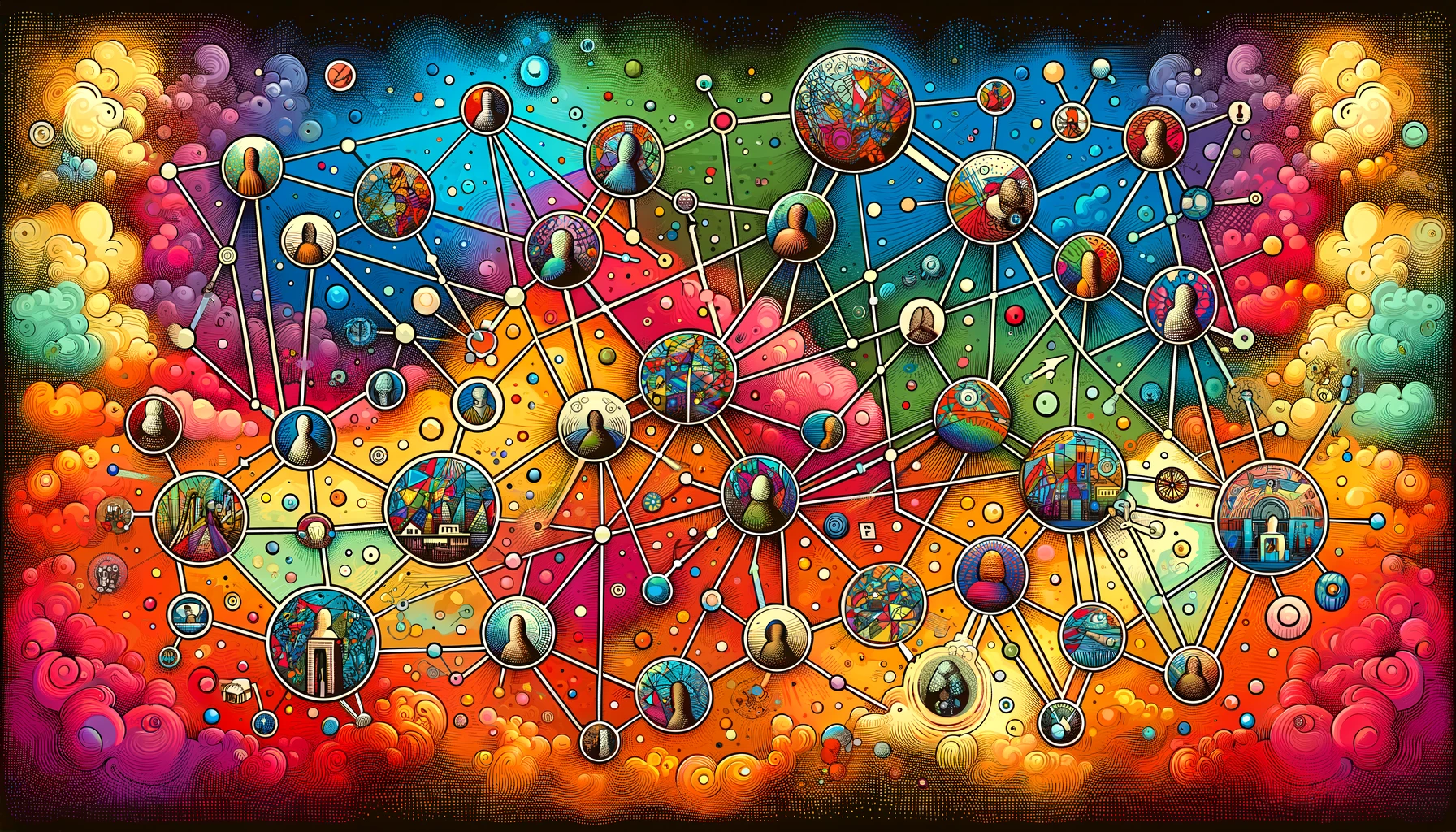
We all know that one person who’s really good at something but hasn’t had any success — and we’ve all heard of someone who hasn’t really done all that much but is really famous for some reason. We’re not pointing any fingers but these things do happen.
Success is not just a function of how good you are. It’s a complex societal matter, and it’s been that way for centuries.
Think of 15th century Florence, for instance. They had Botticelli, Leonardo, and Michelangelo. They had a dozens of extremely accomplished painters and artists. But nearby Milan, a city of comparable stature and background, had little in the way of groundbreaking art at the time — and you can find plenty of similar examples throughout history. So, what gives?
Physicist Albert-László Barabási believes a lot of that boils down to networks. Not computer networks but our own interpersonal networks. Barabási published research in which he showed just how important these networks are. In fact, the researcher found that not only is having a good network helpful for artists — but that the strength of the network can predict how well the artist will do. Here he is presenting his work.
How to be a successful artist
Barabási’s research, leveraging big data from the web, social media, and other digital repositories, aims to clarify the relationship between success and performance. It addresses whether differences in popularity or wealth arise from inherent qualities or from luck and random amplification — or something else.
He created a network map that was able to predict remarkably well how much success an artist will have judging by their network alone.
“If you give me an artist and their first five exhibits, I’d put them on the map and we could fast-forward their career to where they’re going to be ten, twenty years from now,” the physicist says.
Based on these findings, Barabási proposes several “laws of success.”
The first law states that “performance drives success, but when performance can’t be measured, networks drive success.” This is exemplified by the difficulty in objectively ranking wines, where choices are often influenced by network effects rather than inherent quality.
The second law is “performance is bounded, but success is unbounded,” highlighting how small differences in quality can lead to massive disparities in success due to the amplifying power of social networks.
Network it til you make it
The research also gives us important clues about how to make it in today’s art world.
Traditionally, artists that were close to central points of the network (whether that was the state, wealthy benefactors, important groups of artists, or something else) were most successful. It turns out, however, that you can make it by starting from the outside. It’s not easy, but it can work. You have to go around and show your art as much as possible to as many people as possible.
“It’s very difficult for somebody to enter from the periphery. But our research shows that it’s possible”: such artists “exhibited everywhere they were willing to show their work,” eventually making influential connections by these “many random acts of exhibition.”
Regardless of whether you’re an artist or not, you should pay attention to Barabási’s work. The importance of connections reminds us that while inherent skill is essential, success in the art world (and undoubtedly in many other fields) is also heavily influenced by one’s ability to navigate and leverage social networks. This insight is particularly relevant in the digital age, where the traditional barriers to success are being redefined, offering new pathways for talented individuals on the periphery to make their mark.






